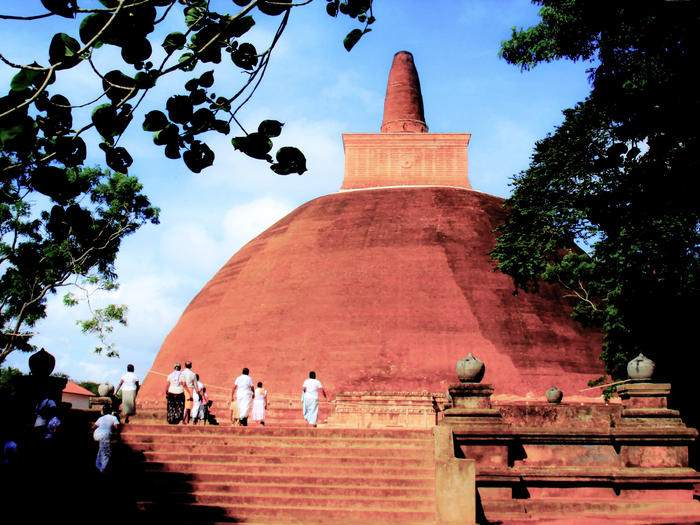Cultural system
Evaluation of past socio-economic and cultural conditions
The ancient capital Anuradhapura and its hinterland display a unique example of a water management and governance system developed in harmony with a dual patronage between rulers and local people. According to written and epigraphic sources the majority of small village tanks were developed and managed by the local communities, from the beginning of the Sri Lankan hydraulic civilization. A centralized bureaucratic administration was set up for the management of large-scale systems in the later part of the Middle Historic Period (3rd–13th century CE). Due to the sustainable management structure setup within society, the small tank systems existed intact for more than two millennia, even though the Dry Zone was abandoned during medieval times. Different layers of management strategies were implemented, blending centralized larger irrigation schemes with locally controlled small irrigation systems. Buddhist temporalities were used to link the hinterland with the main settlements, not in a secular administrative fashion but in a more spiritual and intangible relationship.
